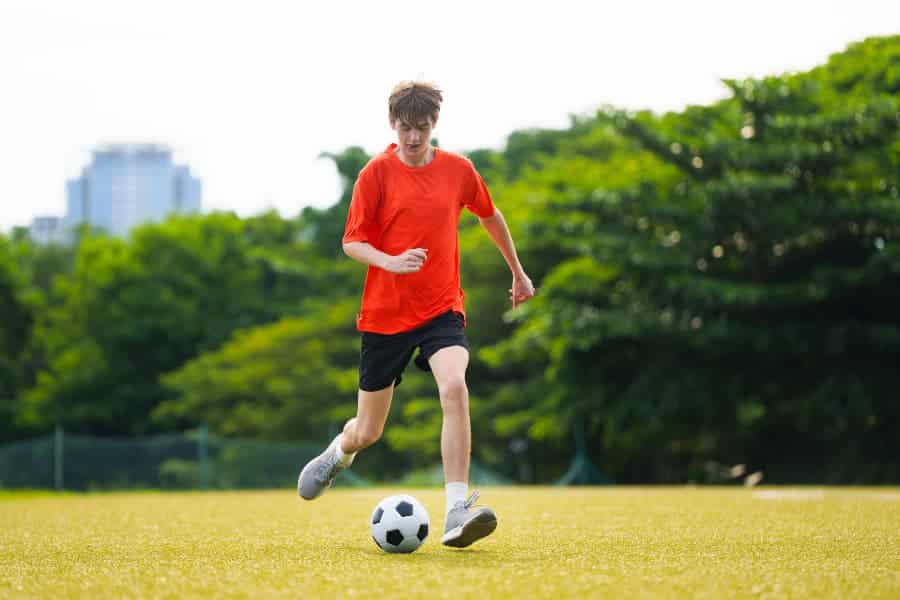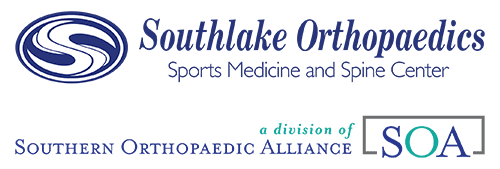
LCL Tear Treatment in Hoover and Birmingham, Serving Central Alabama
A knee injury can be defeating. Injuries like LCL tears aren’t just painful, but they also significantly impact a person’s mobility. This can interfere with sports participation and other favorite activities, leading to a lower quality of life.
If you or a loved one has recently experienced an LCL injury, Southlake Orthopaedics can offer less pain, more living. We are a multi-specialty orthopedic care provider located in Hoover and Birmingham-Grandview, AL, helping patients throughout central Alabama recover from knee injuries. Learn more about our treatments for LCL tears.



